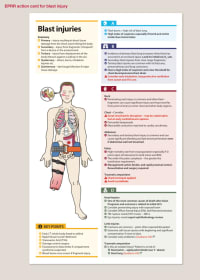
One direct consequence of high-explosive detonations upon the body is blast lung injury—or, BLI. It is characterized by respiratory difficulty and hypoxia. BLI can occur, although rarely, without obvious external chest injury. Persons in enclosed-space explosions or in close proximity to the explosion are at highest risk. BLI presents unique triage, diagnostic, and management challenges.
81% match
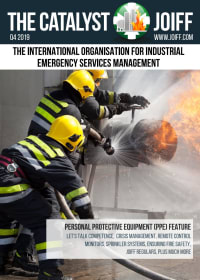
Firefighters, at times, are the first to arrive at incidents involving casualties who have suffered major traumatic injuries and in the first few moments of these incidents, their expertise can make the difference between life and death. Here is is an article which may help firefighters and first attendee's be more aware of the signs and symptoms of the head injury patient.
81% match
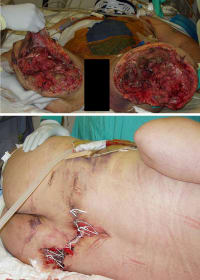
The risk of terrorist attack has significantly increased in the U.S. Disaster response personnel must understand the unique pathophysiology of injuries associated with explosions and must be prepared to assess and treat the people injured by them. This primer details the various classes of injury and the relative scale of these injuries. Specific injuries are discussed as well as primary treatment of these injuries.
81% match
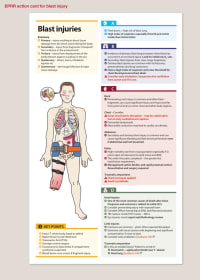
Basic clinical information is provided here to inform practitioners of the presentation, evaluation, management, and outcomes of BLIs. You will also find a reference list for more information about how to treat injuries from explosions.
80% match
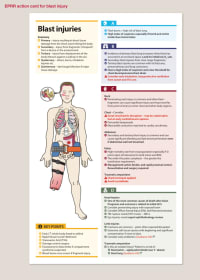
Primary Blast Injuries Review provides the reader with the likely effects of a blast or explosion on a human. Along with offering details of caring for an injured person immediately after a blast. Everyone should read this one.
79% match
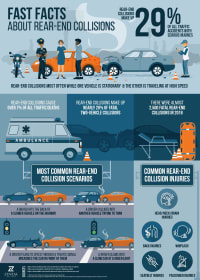
This paper discusses the difference between active and passive safety and the strengths and weaknesses with existing databases in this state and then presents a systematic analysis of crash and injury patterns that occurred to passenger car occupants during the late 1980s and early 1990s in Victoria.
75% match
Modules
File Types
Book Pages
File Size
Rating
Minimum
Skill Suitability
Survival Skills
Defensive Skills
Environment Setting
Health and Fitness
Time Available
Finances Available
Trauma
When it comes to surviving an emergency or disaster situation, knowing how to provide immediate medical care can make all the difference. Traumatic injuries are one of the most common types of emergencies that people face, whether from accidents or intentional acts of violence. That's why it's important for anyone who wants to be prepared for anything to have access to reliable information about trauma first aid techniques, emergency response strategies, and other essential survival medical skills.
Our collection of trauma resources includes a variety of books and other materials designed specifically for preppers, survivalists, civilians, homesteaders, DIYers and hunters who want to grow their knowledge in this area. Whether you're looking for detailed guides on primary blast injuries or overviews of head injury care for firefighters responding at car crashes scenes - we've got you covered.
Some key topics covered by our selection include patterns and mechanisms of injury in car crashes; explosions & blast injuries; overview reviews as well as more specific guidance around Blast Lung Injury - What Clinicians Need To Know vs Blast Lung Injury - Overview For Pre-hospital Care Providers . Each resource is written by experts with real-world experience dealing with traumatic events so that readers can trust they are getting accurate information from credible sources.
"Survival" means different things depending on your circumstances but being able to react quickly when someone has been injured could mean life versus death situations. The right training combined with these informative texts will give you the confidence needed during high-pressure moments where every second counts.